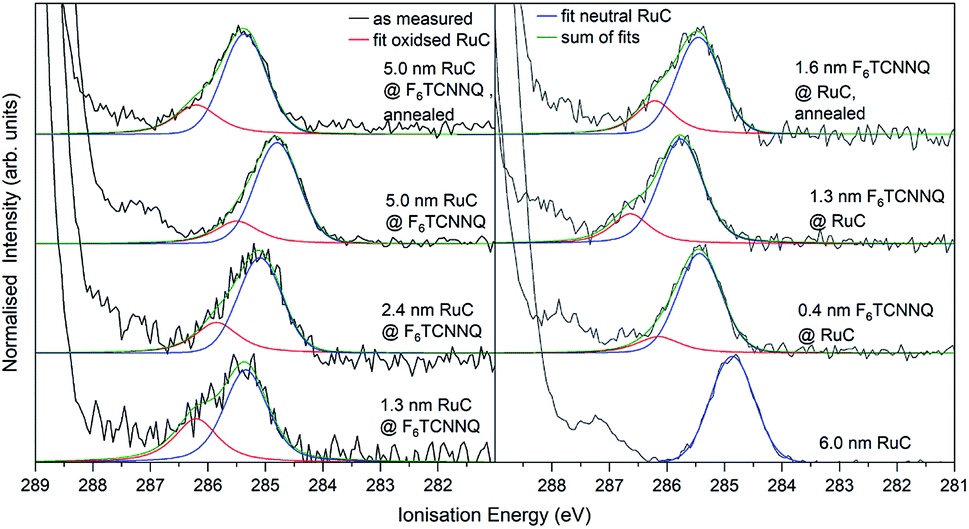
Due to the inherent properties of the electrospinning process, the arrangement of polymeric fibers can be controlled with the aim of obtaining complex and three-dimensional nanofibers.

Achieving these characteristics depends on a wide range of factors such as solution parameters (polymer concentration, conductivity and viscosity), process-related parameters (polymer flow rate, distance tip-to-plate, and applied voltage), as well as humidity and temperature. Fibers produced by electrospinning have controlled dimensions, about a few nanometers, and porosity, which give the produced fibers a high surface area. The mats were crosslinked with glutaraldehyde for 24 h and 48 h and presented good water stability and enhanced mechanical properties.Įlectrospinning, Poly(Vinyl Alcohol), Chitosan, Box-Behnken DesignĮlectrospinning is a promising and versatile technique that is used to fabricate polymeric nanofibers for a wide variety of biomedical applications such as drug delivery systems, scaffolds for tissue engineering, wound dressing. The desirability function allied with Box-Benhken design proved themselves important tools to predict process parameters for the development of nanofibers. The fiber diameter and standard deviation were 196.5 ± 28.3 nm, compared to the predicted values of 185.9 ± 26.8 nm. With desirability function, the optimal conditions to produce the nanofibers were applied voltage of 13.1 kV, 30% chitosan concentration and distance tip-to-plate of 10 cm. An empirical model was developed for each response using response surface methodology (RSM), which revealed that flow rate had no significant influence on the assessed responses.

Four factors (applied voltage, flow rate, distance tip-to-plate and amount of chitosan) were varied to produce electrospun mats with a low fiber diameter. Received: MaAccepted: ApPublished: April 20, 2020Įlectrospun poly(vinyl alcohol)/chitosan nanofibers had their solution and process parameters optimized using a Box-Behnken design and desirability function.
#Fityk diameter license#
This work is licensed under the Creative Commons Attribution International License (CC BY 4.0). Draw a line through that point from one side of the circle to the other, and measure the length of that line to get the diameter.1Instituto de Macromoléculas Professora Eloisa Mano, Universidade Federal do Rio de Janeiro, Centro de Tecnologia, Bloco J, Rio de Janeiro, BrazilĢDepartmento de Ciências Naturais, Universidade Federal do Estado do Rio de Janeiro, Avenida Pasteur, Rio de Janeiro, BrazilĬopyright © 2020 by author(s) and Scientific Research Publishing Inc. The point where the two lines intersect will be the exact center of the circle. Draw a second line crossing the first one, connecting the other two points of the chords. Once you’ve drawn your chords, draw a diagonal line starting at the point where one chord intersects the edge of the circle, then connect it to the opposite point on the chord below. A chord is a straight line that connects any two points on the outer edge of the circle. The easiest way to do this is to draw two parallel chords across the circle. You can also measure the diameter of a drawing of a circle, but you’ll need to find the exact center of the circle to make an accurate measurement. So, if the area of the circle is 25 square centimeters, the diameter would be 2 x √(25/π), or approximately 5.64 centimeters. If you only know the area of the circle, use the formula diameter = 2 x √(area/π).

For example, if your circle has a circumference of 23 inches, the diameter would be 23/π, or approximately 7.32 inches. Just divide the circumference by π to find the diameter.

You can also find the diameter of a circle if you know its circumference, or the distance all the way around the outside of the circle. For instance, a circle with a radius of 2 cm would have a diameter of 4 cm. If you know the radius of the circle, all you have to do is multiply it by 2 to get the diameter. Depending on what other information you have about the circle, there are a few different ways to calculate the diameter. The diameter of a circle is the distance straight across the circle from one side to the other at its center.


 0 kommentar(er)
0 kommentar(er)
